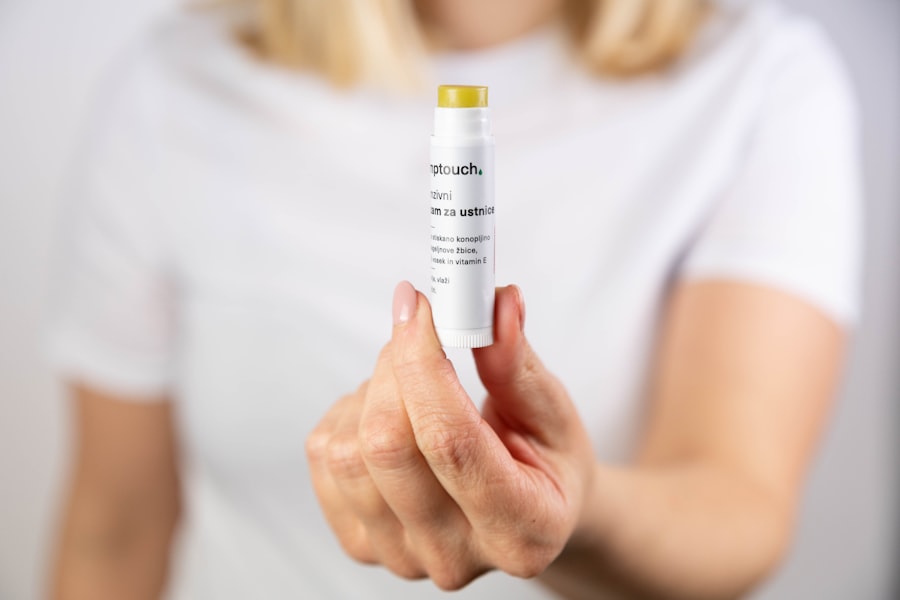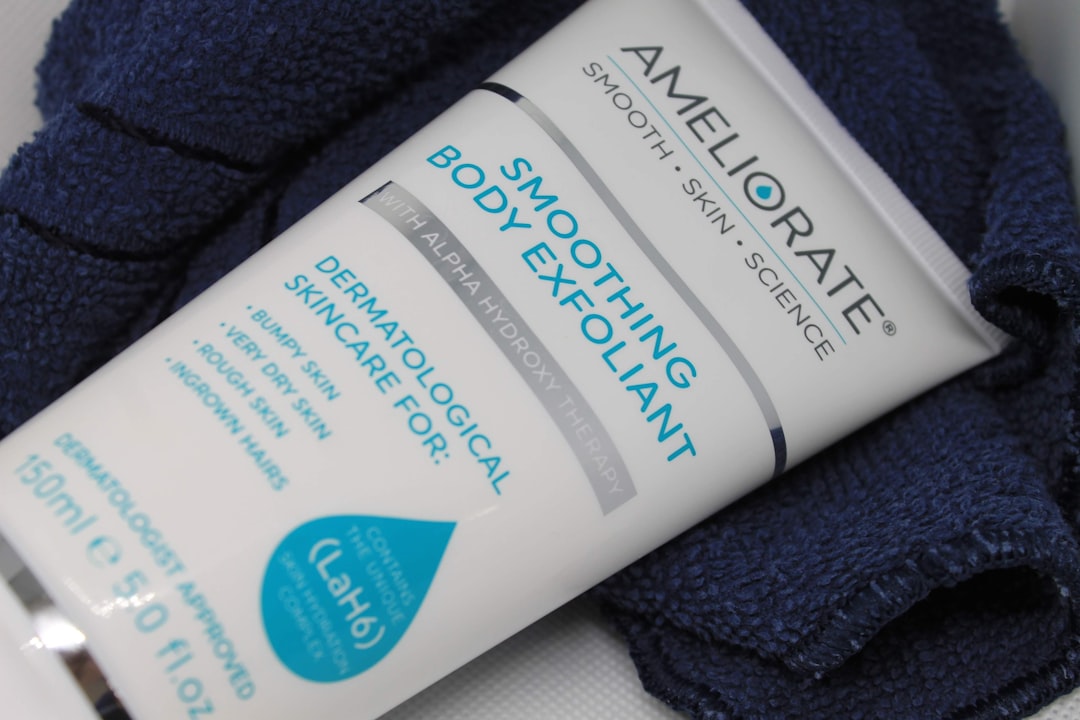Laser hair removal is a popular cosmetic procedure that utilizes concentrated beams of light to target and eliminate unwanted hair. The process begins with the laser emitting a specific wavelength of light that is absorbed by the pigment in the hair follicles.
As you consider this treatment, it’s essential to understand that it works best on individuals with light skin and dark hair, as the contrast allows the laser to focus more effectively on the hair pigment. During your initial consultation, a trained professional will assess your skin type, hair color, and medical history to determine if you are a suitable candidate for the procedure. They will explain the number of sessions you may need, typically ranging from six to eight treatments spaced several weeks apart, to achieve optimal results.
Each session lasts anywhere from a few minutes to an hour, depending on the size of the area being treated. Understanding this process can help you set realistic expectations and prepare for the journey ahead.
Key Takeaways
- Laser hair removal targets hair follicles with concentrated light, damaging them to inhibit future hair growth.
- Before laser hair removal, avoid sun exposure and tanning, and shave the treatment area.
- After treatment, keep the area clean and moisturized, and avoid sun exposure and excessive heat.
- Potential side effects may include redness, swelling, and skin irritation, which can be managed with cold compresses and gentle skincare products.
- Long-term maintenance may require occasional touch-up sessions, and it’s important to use sunscreen and gentle skincare products to protect the treated area.
Preparing your skin for laser hair removal
Preparation is key to ensuring a successful laser hair removal experience. Before your first appointment, you should avoid sun exposure and tanning beds for at least four weeks. This precaution helps minimize the risk of complications and ensures that your skin is in the best possible condition for treatment.
Additionally, it’s advisable to refrain from waxing or plucking hair in the targeted area for at least four weeks prior to your session, as these methods can remove the hair follicle that the laser needs to target. On the day of your appointment, you may be asked to shave the area being treated. Shaving helps ensure that the laser can effectively reach the hair follicles without interference from longer hair above the skin’s surface.
Your technician may also apply a topical anesthetic to minimize discomfort during the procedure. By taking these preparatory steps seriously, you can enhance your overall experience and increase the likelihood of achieving satisfactory results.
Post-treatment care for the treated area

After undergoing laser hair removal, proper post-treatment care is crucial for promoting healing and maximizing results. Initially, you may experience some redness or swelling in the treated area, similar to a mild sunburn. To soothe your skin, it’s recommended to apply a cool compress or aloe vera gel to alleviate discomfort.
Avoiding hot showers, saunas, and strenuous exercise for at least 24 hours post-treatment can also help reduce irritation and allow your skin to recover more effectively. In addition to physical care, it’s essential to keep the treated area clean and moisturized. Use a gentle cleanser and avoid harsh scrubs or exfoliants for several days following your session.
Keeping your skin hydrated will not only promote healing but also help prevent dryness or flaking. By adhering to these post-treatment guidelines, you can ensure that your skin remains healthy and that you achieve the best possible outcome from your laser hair removal sessions.
Managing potential side effects
| Side Effect | Management |
|---|---|
| Nausea | Take medication with food, drink ginger tea |
| Fatigue | Get plenty of rest, engage in light exercise |
| Headache | Stay hydrated, use over-the-counter pain relievers |
| Diarrhea | Stay hydrated, eat bland foods |
While laser hair removal is generally considered safe, it’s important to be aware of potential side effects that may arise after treatment. Common side effects include temporary redness, swelling, and mild discomfort in the treated area. These symptoms typically subside within a few hours to a few days.
However, if you notice any persistent or severe reactions, such as blistering or excessive swelling, it’s crucial to contact your practitioner immediately for guidance. To manage these side effects effectively, consider using over-the-counter pain relief medications as recommended by your healthcare provider. Additionally, applying soothing creams or gels can help alleviate discomfort and promote healing.
It’s also wise to avoid sun exposure during this time, as your skin may be more sensitive and prone to pigmentation changes. By staying vigilant and proactive in managing any side effects, you can ensure a smoother recovery process.
Long-term maintenance and aftercare
Once you have completed your series of laser hair removal sessions, long-term maintenance becomes an essential aspect of your aftercare routine.
These touch-ups are typically less frequent than the initial treatments and can be scheduled based on your individual needs.
In addition to scheduling follow-up appointments, maintaining healthy skin is vital for long-term success. Incorporating a consistent skincare routine that includes gentle cleansing, moisturizing, and sun protection will help keep your skin in optimal condition. Regularly assessing your skin for any changes or concerns will also allow you to address issues promptly and maintain the results of your laser hair removal journey.
Choosing the right skincare products for post-laser hair removal
Selecting appropriate skincare products after laser hair removal is crucial for promoting healing and preventing irritation. Look for gentle, fragrance-free cleansers that won’t strip your skin of its natural oils. Avoid products containing harsh ingredients like retinoids or alpha hydroxy acids (AHAs) immediately following treatment, as these can exacerbate sensitivity and irritation.
Moisturizers play a vital role in post-treatment care as well. Opt for hydrating formulas that contain soothing ingredients like hyaluronic acid or ceramides to help restore moisture balance in your skin. Additionally, incorporating a broad-spectrum sunscreen with an SPF of 30 or higher into your daily routine is essential for protecting your skin from UV damage during the healing process.
By carefully selecting skincare products that cater to your skin’s needs post-treatment, you can enhance your recovery and maintain healthy skin.
Protecting your skin from sun exposure
Sun protection is paramount after undergoing laser hair removal, as your skin will be more sensitive and susceptible to damage from UV rays. It’s advisable to avoid direct sun exposure for at least two weeks following treatment. If you must be outdoors, wearing protective clothing such as wide-brimmed hats and long sleeves can provide an additional layer of defense against harmful rays.
Incorporating sunscreen into your daily routine is non-negotiable during this period. Choose a broad-spectrum sunscreen with an SPF of 30 or higher and apply it generously to all exposed areas of skin before heading outside. Reapply every two hours or more frequently if swimming or sweating.
By prioritizing sun protection, you can safeguard your skin from potential complications and ensure a smoother recovery process.
Consulting with a dermatologist for personalized skincare recommendations
As you navigate your laser hair removal journey, consulting with a dermatologist can provide invaluable insights tailored specifically to your skin type and concerns. A dermatologist can assess your individual needs and recommend personalized skincare products that align with your post-treatment care routine. They can also address any questions or concerns you may have regarding side effects or long-term maintenance.
Additionally, if you experience any unexpected reactions or complications after treatment, seeking professional advice is crucial for ensuring proper care and recovery. A dermatologist can guide you through managing any issues while helping you maintain healthy skin in the long run. By establishing a relationship with a skincare professional, you can enhance your overall experience and achieve lasting results from your laser hair removal treatments.
If you’re looking for more information on laser hair removal, you should check out the blog section of In Laser Hair Removal. They offer a variety of articles on topics related to laser hair removal, including tips for preparing for your treatment, what to expect during the process, and how to care for your skin afterward. One article that may be of interest is “The Benefits of Laser Hair Removal” which discusses the advantages of choosing laser hair removal over other hair removal methods.
FAQs
What is laser hair removal?
Laser hair removal is a cosmetic procedure that uses a concentrated beam of light (laser) to remove unwanted hair. The laser targets the pigment in the hair follicles, damaging them and inhibiting future hair growth.
How does laser hair removal affect the skin?
Laser hair removal can cause temporary redness, swelling, and discomfort in the treated area. In some cases, it can also lead to changes in skin pigmentation, blistering, or scarring, although these are rare.
What are some tips for taking care of the skin after laser hair removal?
Some tips for taking care of the skin after laser hair removal include:
1. Avoiding sun exposure and using sunscreen
2. Keeping the treated area clean and moisturized
3. Avoiding hot showers and baths
4. Avoiding picking or scratching the treated area
5. Following any specific aftercare instructions provided by the treatment provider
How long does it take for the skin to recover after laser hair removal?
The skin typically recovers within a few days to a week after laser hair removal. However, it may take longer for any redness or swelling to completely subside.
Are there any potential risks or side effects to be aware of after laser hair removal?
Some potential risks and side effects of laser hair removal include temporary discomfort, redness, swelling, changes in skin pigmentation, blistering, and scarring. It’s important to discuss any concerns with a qualified treatment provider before undergoing the procedure.






